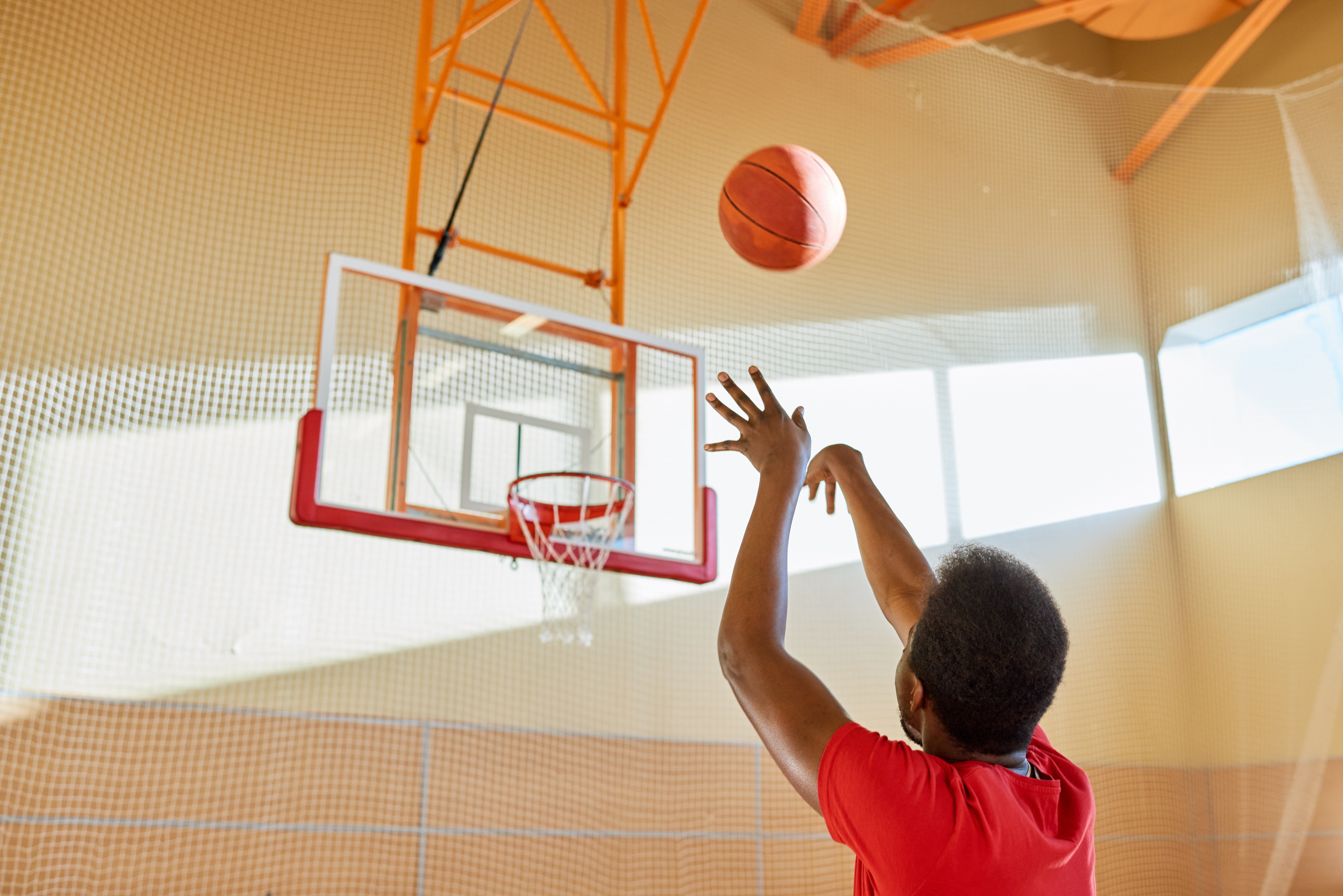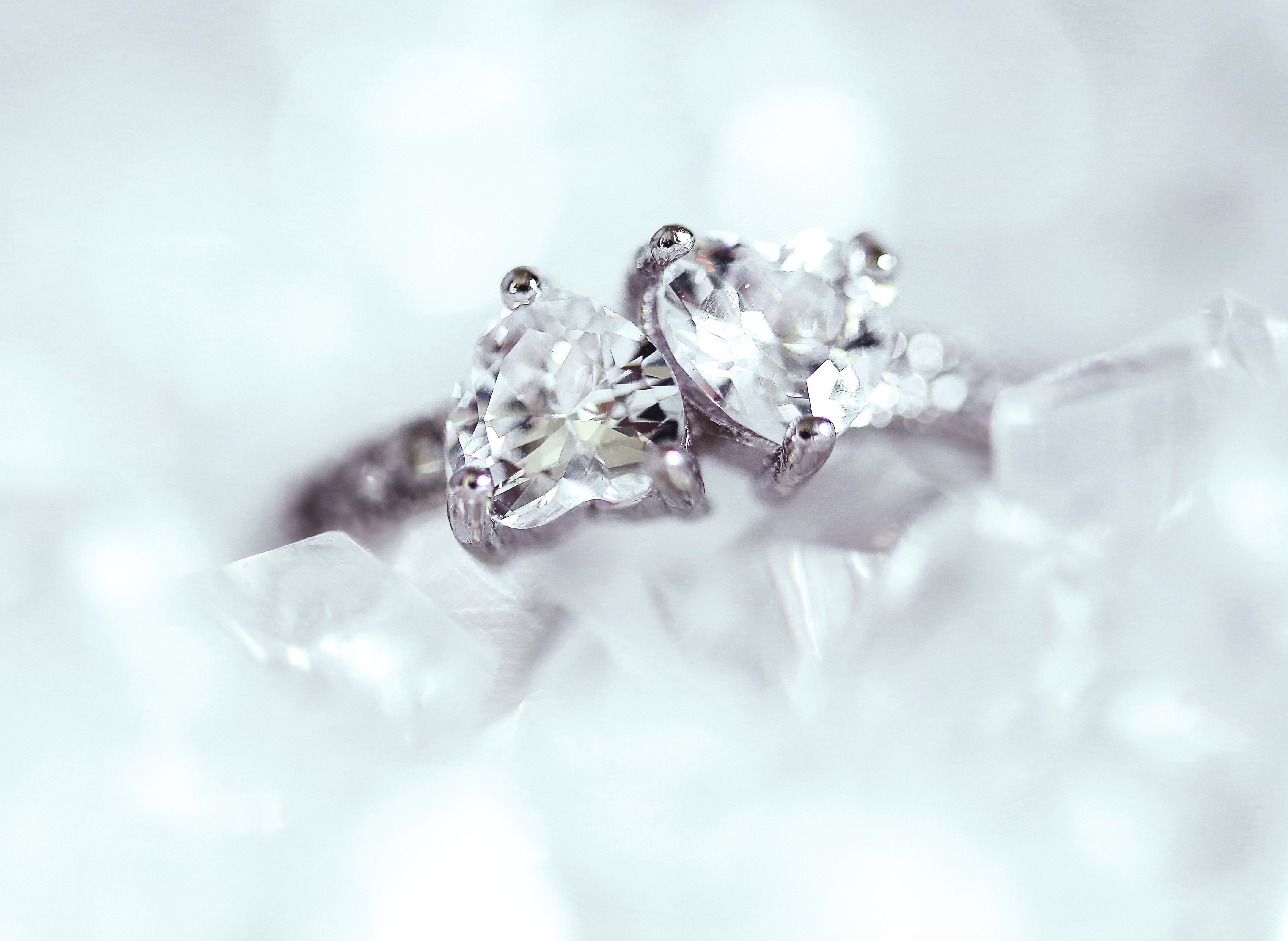Introduction
When you think of a ritual, what springs to mind? Perhaps you think of a significant life event such as a wedding, or a spiritual practice like meditation. In reality, rituals are performed much more ubiquitously than you might have thought. When you brush your teeth, do you first squeeze toothpaste onto your brush and then wet it or vice versa? When you make coffee, do you stir and then tap the spoon on the side of the cup a specific number of times?
Rituals comprise of particular behaviours, which are intentional and bring about a distinct emotional outcome. These behaviours are often idiosyncratic and not necessarily instrumental, yet are marked with mindful engagement. Athletes may perform rituals like bouncing a basketball 3 times before a free throw. Although the number of times the ball is bounced has no direct impact on the player’s shooting ability, the mindful and intentional sequence of actions makes it a ritual.

Experimental research has found rituals to have significant effects. The ritual of hand- shaking before a negotiation often leads to improved joint outcomes. Rituals performed before public speaking or singing can increase concentration, perceived control and motivation. Although these rituals have no specific purpose or goal, they produce a subjective emotional outcome.
Rituals do not always naturally emerge, however. Although some are slowly evolved cultural practices such as funerals, rituals can be deliberately crafted. Take marriage proposals for example. Before 1938, only 10% of engagement rings contained diamonds. A hugely successful advertising campaign by diamond company, De Beers, with the slogan ‘A diamond is forever’ led to a new ritual, by symbolising diamonds as the eternal commitment of marriage. Today, 80% of engagement rings contain diamonds.

Here’s how a simple ritual led to healthier diets
In a similar way to diamond rings, rituals can be deliberately designed to encourage a desired behaviour or outcome. Research by Baxter et. al (2020) has explored how ritual design can improve food craving control and thereby lead to healthier food consumption. For a two week period, participants in the control group were instructed to be mindful of their grocery purchases and note their daily calorie intake. The participants in the experimental group were instructed to perform a ritual upon entering a supermarket, prior to doing their grocery shopping, using the ‘ritual app’ intervention. The ritual consisted of noting down 3 unhealthy food cravings on the app, for example chocolate, pizza and candy, and then pressing down on the screen until the text ‘explodes’ and disappears. The experimental group was also asked to note their daily calorie intake. It was found that the group who had performed the ritual had consumed 20% less calories daily compared to the control group.
Design a ritual yourself
We have seen how rituals can promote healthier behaviours and improve performance, but they can also be applied in many more contexts to achieve a variety of outcomes. In the context of behavioural design, we might want to use a ritual to enhance user experience or to create a sense of community. In a simple two stage method, the Ritual Design Canvas by the Interaction Foundry guides you through how to craft a ritual yourself.
Stage 1: The Context Cluster
The purpose of the context cluster is to collate key details describing the context of the ritual. Questions you may want to answer here include:
Context
Who is the user and what are they trying to achieve?
Are other people present? What is their relationship with the user?
Where and when will the ritual take place? Is anything else happening there?
Aims and Goals
What is the outcome you are trying to achieve? Are there any fixed parameters or constraints?
Stage 2: The Ritual Cluster
The ritual cluster describes the designed ritual that is to be performed for the chosen context. It consists of 3 components: the key moment that triggers the ritual, the behaviour that the ritual enables, and the outcome. Questions you may want to answer here include:
Key Moment
What are the specific cues? For example, smells, sounds, time, feelings. Who performs this ritual?
Are others involved?
Behaviour
These are the intentional actions that are to be taken when performing the ritual. How does the design of the ritual encourage these behaviours? Below are some examples of behaviours that can be used in rituals.
-
Pausing i.e. user taking a moment before continuing
-
Having a sensory experience, such as smelling or hearing
-
Sequencing i.e. user chooses the order of actions
-
Scripting i.e. user is presented with a set of steps to follow
Outcome
Emotional
What does the user feel?
What meaning does the ritual deliver, create or enhance?
What transformation occurs? For example increased control of... or greater togetherness with...
Tangible
What is the outcome as a result of the ritual? For example, going to bed at a specific time or taking out the recycling.
Three key takeaways
Whether you are a designer looking for an interesting way to enhance user experience or simply keen to learn about the interplay of behaviour science and design, here are three key takeaways:
- Rituals are different to habits in that they are performed with mindful engagement
- They bring about a subjective and emotional outcome
- Rituals can be used as a behavioural design tool to steer behaviour
You can find more information on ritual design, including a downloadable Ritual Design Canvas at https://interactionfoundry.com/rdt.
References
Baxter, W., Roots, S., Tuomala, E.-K., Aurisicchio, M., Ratcliffe, E., Spinola Rodrigues, P., Childs, P., Martin, N., & Saclier, C. (2020). Ritual Design Toolkit. Interaction Foundry. http://www.interactionfoundry.com/rdt
Schroeder J, Risen J, Gino F, Norton MI. Handshaking Promotes Cooperative Dealmaking [Internet]. Rochester, NY: Social Science Research Network; 2014 May [cited 2016 Feb 24]. Report No.: ID 2443551. Available from: http://papers.ssrn.com/abstract=2443551
Ratcliffe E, Baxter WL, Martin N. Consumption rituals relating to food and drink: A review and research agenda. Appetite. 2019 Mar 1;134:86–93.
Norton MI, Gino F. Rituals alleviate grieving for loved ones, lovers, and lotteries. J Exp Psychol Gen. 2014;143(1):266–72.
Brooks AW, Schroeder J, Risen JL, Gino F, Galinsky AD, Norton MI, et al. Don’t stop believing: Rituals improve performance by decreasing anxiety. Organ Behav Hum Decis Process. 2016;137:71–85